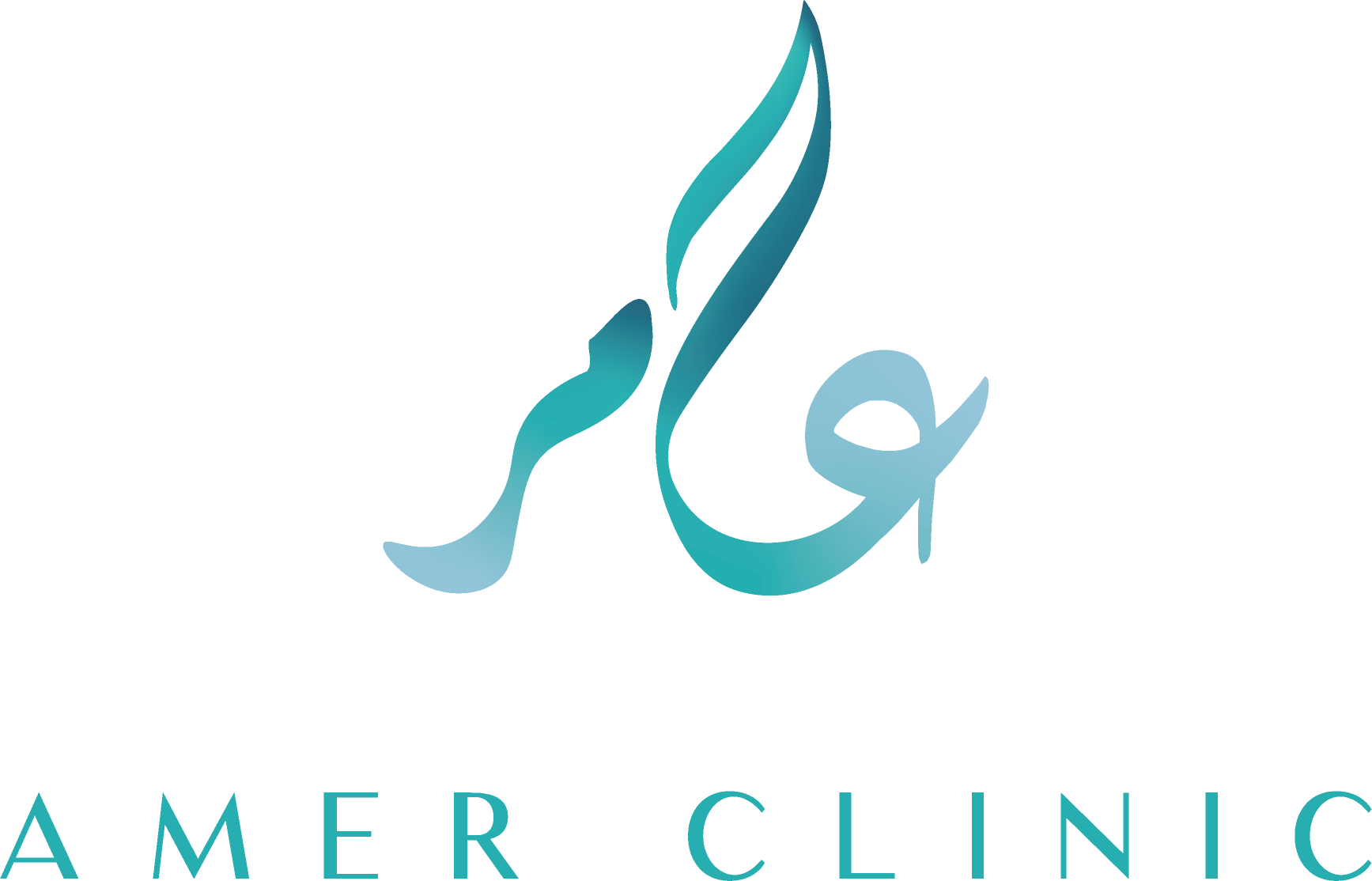Facial Nerve Palsy Treatment: A Comprehensive Guide to Restoring Facial Function and Smile
Facial nerve palsy, also known as Bell’s Palsy or facial paralysis, is a medical condition that affects the face’s ability to move and express, significantly impacting the quality of life for those affected. Treatment methods vary widely and depend on numerous factors such as the cause of the injury, the duration of the paralysis, the patient’s age, and their general health. It is crucial to emphasize that the information provided here is merely an overview, and a treatment plan can only be determined after consulting a specialized and experienced physician in treating facial nerve palsy cases.
Medical Treatment
Medical treatment is primarily used in the very early stages of facial palsy, especially if the cause is not a direct nerve injury or a tumor. The prescribed medication varies depending on the underlying condition affecting the nerve, but it usually includes eye drops and ointments to protect the eye until the nerve fully recovers its function.
Surgical Treatment: Advanced Solutions for Late and Early Stages
There are dozens of described surgeries for treating facial palsy cases, and choosing the appropriate surgical procedure is crucial to ensure the best outcomes and avoid worsening the condition. The selection of the suitable surgery depends significantly on the time elapsed since the onset of facial palsy.
Early Cases (Before One Year from Onset)
In early cases, the surgeon seeks to reconnect the affected facial nerve stump. This is considered the best solution when available. However, in cases of complete nerve resection or during brain tumor removal, the affected facial nerve might not be available for reconnection. In such circumstances, the surgeon looks for another source of nerve supply.
In the past, the healthy facial nerve from the other side of the face was used as a source of nerve supply, but it was found that this source does not have sufficient capacity to move the face effectively. Currently, the twelfth cranial nerve (hypoglossal nerve) is one of the most commonly used sources of nerve supply. The surgeon connects the twelfth nerve to the seventh nerve to become the new source of nerve supply for the facial muscles.
Late Cases (After More Than One Year from Onset)
After one year of facial nerve palsy, the facial muscles’ ability to respond to nerve reconnection significantly decreases. Therefore, in these cases, the surgeon looks for other treatment solutions and develops a treatment plan for each part of the face individually.
1. The Eye
The facial nerve is responsible for eyelid closure; thus, its damage leads to dry eyes, recurrent infections, and can even result in corneal perforation and permanent blindness. Additionally, there is sagging of the lower eyelid and a difference in eye appearance compared to the healthy eye.
- Upper Eyelid Treatment: The most common method for treating the upper eyelid is implanting a gold weight in the upper eyelid. This increases the eyelid’s weight and helps it close. Gold is used for several reasons: its high density, which allows for placing the appropriate weight in a small space; its suitable color, which does not show under the skin; and the body’s ability to accept it easily. Other procedures exist, such as muscle transfer from the temple, but gold weight implantation remains the preferred, faster, and less invasive option with fewer side effects.
- Lower Eyelid Treatment: Several procedures are available to repair the lower eyelid and correct its sagging due to paralyzed eyelid muscles, including shortening the lower eyelid, lifting it, and suspending it to the outer orbital rim bone.
2. The Mouth and Smile
The smile is often what troubles facial nerve palsy patients the most and hinders their ability to communicate. Fortunately, discoveries are continuously being made to achieve the best results in moving the upper and lower lips.
- Historical Overview of Lip Treatment: Attempts to restore facial balance began decades ago by implanting fascia or threads between the side of the lip and the side of the head to prevent excessive pulling towards the healthy side. The results were not satisfactory, as the patient could not move the affected part. Later, the idea of implanting muscles to move the mouth and enable smiling emerged. Early attempts involved transferring chewing muscles to become responsible for the smile. Despite the simplicity of this procedure, it did not yield the desired results for reasons such as the patient needing to clench their teeth to smile, and the occurrence of unnatural smiling movements during chewing, in addition to the smile not appearing natural in any way.
- Latest Advancements in Smile Restoration: Muscle transfer from another part of the body to the face is the latest scientific breakthrough in this field. This procedure requires a surgeon with extensive experience in both facial nerve surgery and microsurgery. The specialized surgeon transfers a part of a muscle along with its nerves and nourishing blood vessels, then transfers this part to the face and connects the blood vessels to others in the face to provide the necessary blood supply, and then connects the muscle’s nerve to one of the nerves near the face. After about 4 to 6 months, the muscle begins to move, and through specific exercises performed by the patient, the movement becomes as close to natural as possible.
